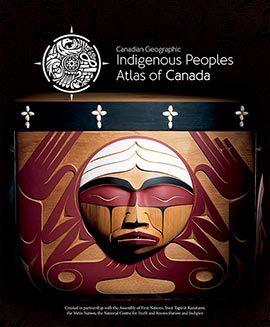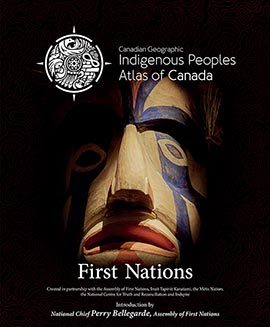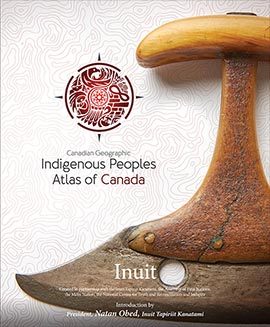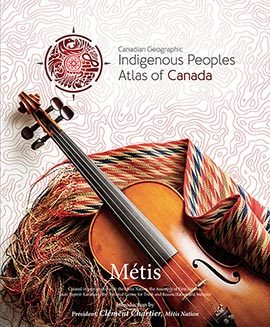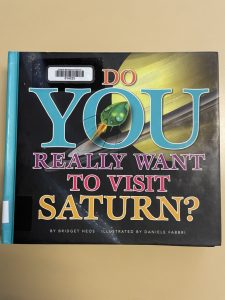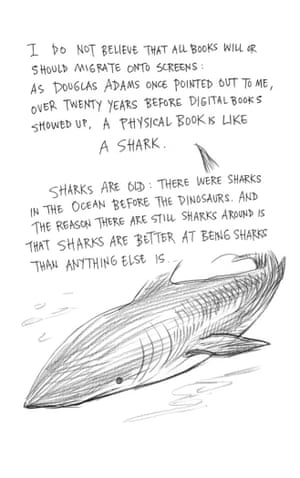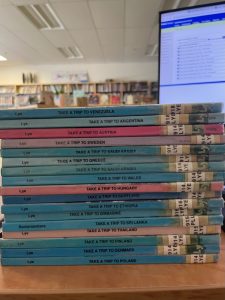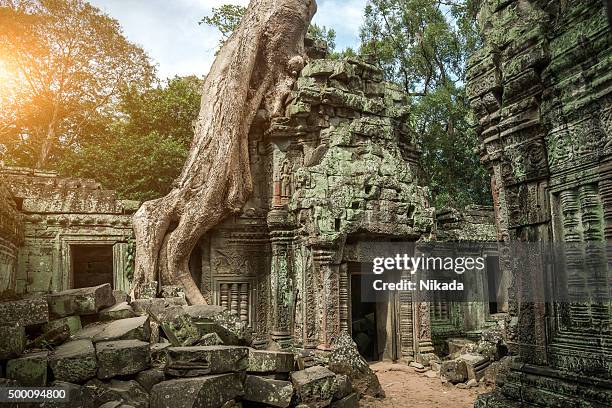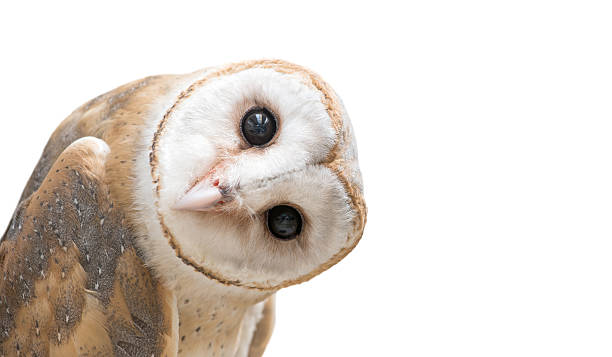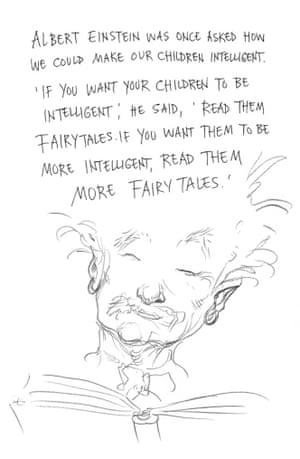
Theme 3
This deep dive into the bowels of our Reference Services has been very important and eye-opening for my practice as a TL. I remember thinking at the beginning of this course that we would mostly be looking at digital resources because we are already at the point where physical references are obsolete in classrooms. I was delighted to discover that I was wrong and uninformed in this matter. I have had many conversations with teachers about the references in the library and we have often agreed that we should just go ahead and rename the non-fiction section, “Mini Google”.
What I have learned through this experience is that there is still a place on the shelves for well-curated and thoughtfully chosen encyclopedias, dictionaries, thesauri (which is fun to spell and say), atlases and almanacs. It reinforces my bias towards physical books that has become a widening divide in our education system.
Instead of leaving reference sections to turn to dust, we should get in there, go through the books, discover what is outdated and then seek out those newer sources that can replace the old. These reference are snapshots of history, so it may not be the best move to discard them if they can be of use to our students of today. It might even be fun to engage a keen group of students in this process, such as my grade 6 Book Club. Get in there and geek out with them over what information is useful and what is no longer relevant, appropriate or potentially harmful to our present student body.
The Deep Web

In this lesson we took deep dives into the unknown and discovered The Deep Web. From the relative safety of our VPN’s, we learned just how much is actually going on under the surface of The Web that we all thought we knew how to navigate. Thankfully, our imaginations can conceive of the vastness of the internet even though most of us have only seen a small percentage of the expanse. I will admit that my spidey senses were tingling at the thought of accidentally venturing into unknown or unsafe spaces. My takeaway was that when we expect librarians to be expert researchers, it is impossible for them to be so unless they have at least a basic understanding of The Deep Web and grey literature. It was a challenging experience and I learned a ton.
Bibliographies

Oh how I love bibliographies! I also love how in French a library is called une bibliothèque just because it sounds more like bibliography. Book lists are one of the most useful tools that I use on a day-to-day basis when trying to support teachers and students find the books or resources that they need. As Reidling so succinctly says, “a bibliography brings order out of chaos” (Reidling, p.29, 2013); and to that I say, Amen!
One of the most interesting think-pieces that came up during this module was the notion of a Universal Bibliography. The sheer breadth of imagination that is required when conceiving of something like that blows my mind. “A universal bibliography (although it is currently a nonexistent entity) would include everything published from the beginning through the present. Time, territory, subject, language, or form would not limit it” (Reidling, p. 29, 2013). I am not sure that I would want to be the one to take this on, but I would commend anyone who may attempt it.
General and Specialized Encyclopedias

The Wikipedia debate. This is the module where we dove into Wikipedia. What was memorable about this lesson was that we were looking at articles that came out when Wikipedia was in its infancy and the realization that the same questions plague us until this day.
I understand the concept of crowd-sourcing, but it was interesting for me to step back and think about how Wikipedia is creating a community around itself. We need to help students understand how to access information that comes from a collective instead of simply condemning it, as we have in the past. “Community is key in Wikipedia. Anyone can participate, but a relatively small core community does most of the work. There are written community standards, like intolerance for bad behavior (vandalism, trolling, personal attacks); encouragement of a friendly, helpful, thoughtful environment; and writing from a neutral standpoint” (Berinstein, 2006). All this considered, Wikipedia is not the Wild West that it has been painted as. It has now been around for 20-something years, so it has proven to be enduring.
Dictionaries and Thesuari; Almanacs, Yearbooks, and Handbooks

This module was eyeopening for me because it showed me the incredible usefulness of resources that I thought were and should only be available online. There is still room in the day of student for both print and digital reference books to be certain. I had thought that these resources had become obsolete, “because it is so easy and cost effective to update information available online, many organizations have ceased their print directories and now publish them only in an online format.” (Reidling, p. 38, 2013). However, if we look at what the kids grab off the shelves it is still The Guinness Book of World Records, and hilarious almanacs on various subjects.
I had a great time exploring almanacs online and will definitely be sharing this knowledge with my students. “An almanac is a resource that provides useful data and statistics related to countries, personalities, events, and subjects. It is a publication containing astronomical and meteorological data arranged according to days, weeks, and months of a given year, and often include a miscellany of other information” (Reidling, p. 38, 2013)
Maps, Atlases and other Geographical Sources

The digital atlases were incredibly fun to explore. “Online atlases offer much more than the maps alone. Pictures from various locations around the world, as well as facts about these places are presented in an attractive manner” (Lesson 13 notes, Beaudry). Most of them are free which made the access easy and smooth. However, I would be interested in learning more about those that are more subscription based to see if we can do away with the advertising. It is still important to protect our kids as the search online, even more now than ever. I think school should be a safe space away from capitalistic marketing, but maybe that is unrealistic at this point. Still, I will do my best!
Conclusion
In this final theme, I feel grateful to have been able to explore new and fresh ideas about what I thought were old and outdated references. It has given me the inspiration and support that I need to tackle that dusty corner of the library that I have been ignoring for the past 7 years…no more! I am excited to revamp and recreate the space so that it will become an attractive destination for students instead of something they overlook.
Beaudry, R. (n.d) Lesson 13 notes. University of British Columbia.
Berinstein, P. (2006). Wikipedia and Britannica: The Kid’s All Right (And So’s the Old Man)Links to an external site.. Searcher 14(3), 16-26.
Foer, J., Thuras, D., & Morton, E. (2019). Atlas Obscura: An explorer’s guide to the world’s hidden wonders. Workman Publishing.
Grey literature tutorial. YouTube. (2012, September 4). Retrieved February 28, 2023, from https://youtu.be/m9-0ZYnCmAI
Harris, C. (2007). Can we make peace with Wikipedia? School Library Journal, 53(6), 26. – Available though UBC Libraries
Stockvault.net. (n.d.). Stockvault: Free Stock Photos. Free Stock Photos, Images, and Vectors. Retrieved April 10, 2023, from https://www.stockvault.net/
